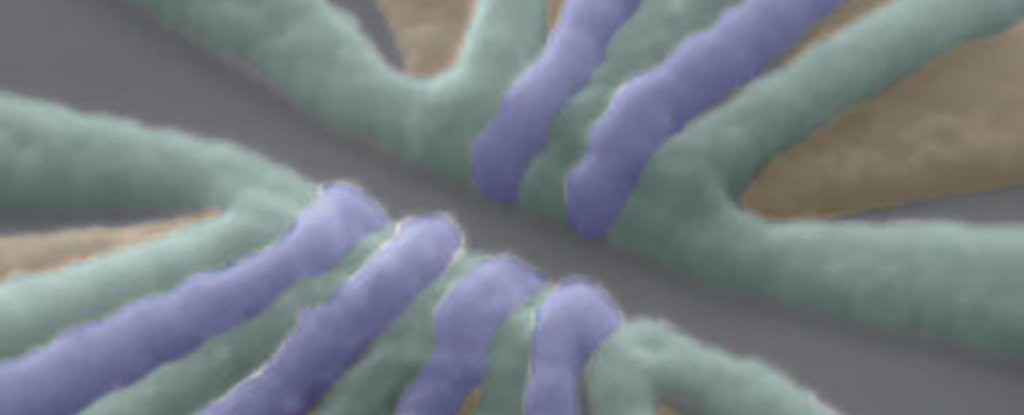Products You May Like
While quantum computers are already here, they’re very much limited prototypes for now.
It’s going to take a while before they’re fulfilling anything close to their maximum potential, and we can use them the way we do regular (classical) computers. That moment is now a little nearer though, as scientists have got three entangled qubits operating together on a single piece of silicon.
It’s the first time that’s ever been done, and the silicon material is important: that’s what the electronics inside today’s computers are based on, so it’s another advancement in bridging the gap between the quantum and classical computing realms.
Qubits are the quantum equivalent of the standard bits inside a conventional computer: they can represent several states at once, not just a 1 or a 0, which – in theory – means an exponential increase in computing power.
The real magic happens when these qubits are entangled, or tightly linked together.
As well as increases in computing power, the addition of more qubits means better error correction – a key part of keeping quantum computers stable enough to use them outside of research laboratories.
“Two-qubit operation is good enough to perform fundamental logical calculations,” says quantum physicist Seigo Tarucha, from the Riken research institute in Japan.
“But a three-qubit system is the minimum unit for scaling up and implementing error correction.”
Using silicon dots as the basis of their qubits means a high level of stability and control can be applied to them, the researchers say. Silicon also makes it more practical to scale these systems up, which is something the team is keen to do in the future.
The process involved entangling two qubits to begin with, in what’s known as a two-qubit gate – a standard building block of quantum computers. That gate was then combined with a third qubit with an impressively high fidelity of 88 percent (a measure of how reliable the system is).
Each of the quantum silicon dots holds a single electron, with its spin-up and spin-down states doing the encoding. The setup also included an integrated magnet, enabling each qubit to be controlled separately using a magnetic field.
On its own, this isn’t going to suddenly put a quantum computer on our desks – the setup still required ultra-cold temperatures to operate, for example – but together with the other advancements we’re seeing, it’s undoubtedly a solid step forward.
What’s more, the researchers think there’s plenty more to come from quantum silicon dots linking together more and more qubits in the same circuit. Full-scale quantum computers could be closer than we think.
“We plan to demonstrate primitive error correction using the three-qubit device and to fabricate devices with ten or more qubits,” says Tarucha.
“We then plan to develop 50 to 100 qubits and implement more sophisticated error-correction protocols, paving the way to a large-scale quantum computer within a decade.”
The research has been published in Nature Nanotechnology.
